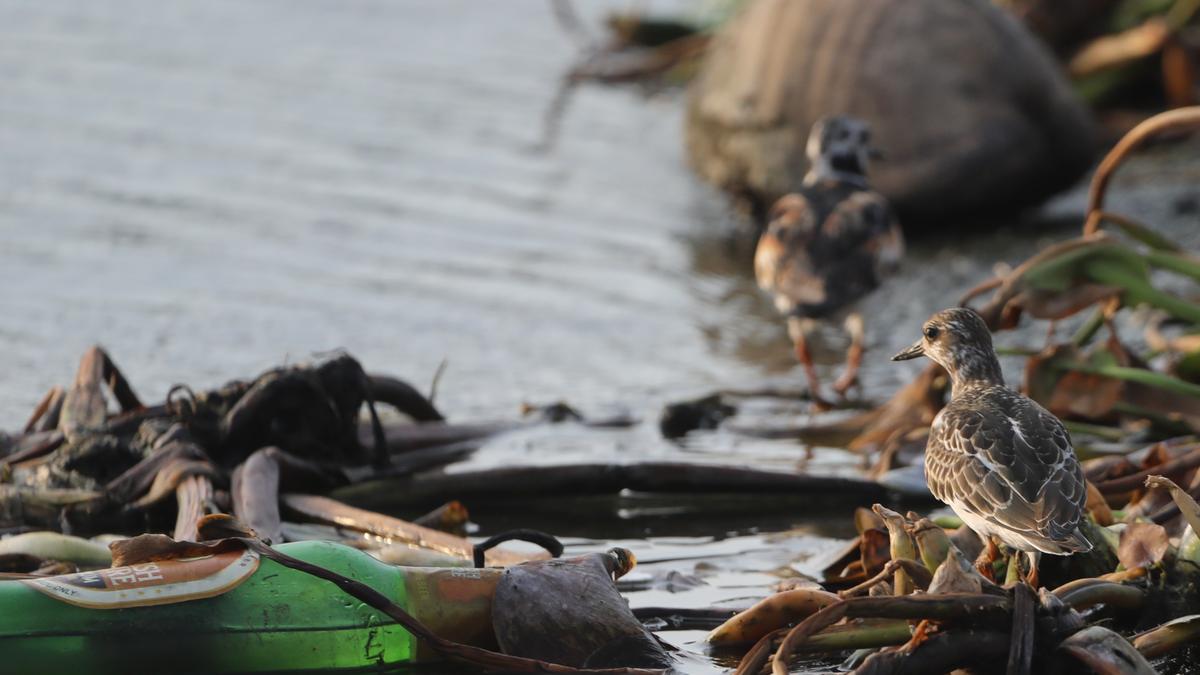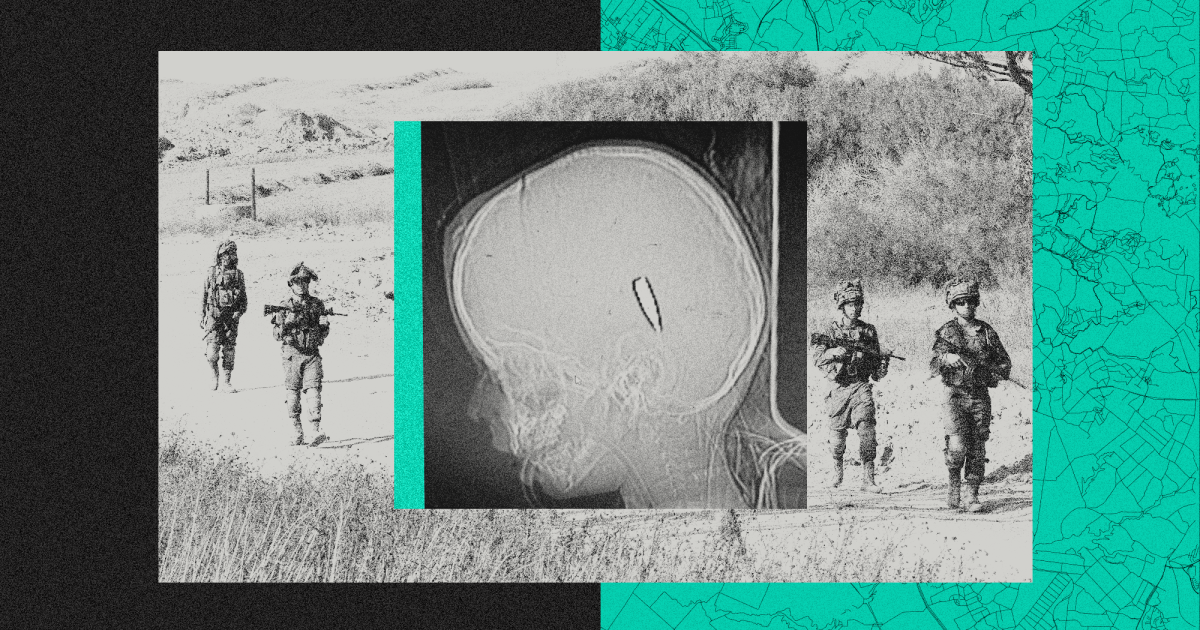By Prince Frederick
Copyright thehindu

A roll call of migratory birds has begun at the Adyar Estuary. But a word of caution. Those birders trying to stay stone-cold sober should think twice before putting themselves on the path to the Estuary. In a stroke of ill luck, they might find one trigger that could end up throwing them off the wagon. If the sight of liquor bottles, even empty ones, could be the trigger they better bird elsewhere.
On the evening of September 15, the excitement over the sighting of the Saunders’s tern by a multitude of human eyes was still alive. The Saunders’s tern was around, but staying out of view, even beyond the reach of those elongated telephoto lens. But the surprise sojourner was not greatly missed. Eurasian oystercatchers and Ruddy turnstones, both put together still accounting for just a handful of feathers, had checked into Hotel Adyar Estuary. A lone Terek sandpiper tried valiantly but unsuccessfully to wrench the limelight from them. The smaller ones — Tibetan sand plovers, Sanderlings, Kentish plovers and Greater sand plovers — gave birders more reasons to linger longer, not too far from where Adyar disgorges into the sea.
The binoculars and cameras were following two Ruddy turnstones, the other migrants being out of range at that point of time. Those two Ruddy turnstones were gently poking around in a pile of discards, deposited by tidal action. The colours they wore matched those of the mixed garbage including partly browned floating vegetation, to a feather. They would have loved to turn a few things around and find an insect or two, but they did not. The bill of fare seemed unappetising, and that included a couple of empty liquor bottles, one of them with the brand name still pasted on it.
The next day, September 16, when one had a short look-in at the patch, during the liminal time zone between an ageing afternoon and a young evening, it dawned that these migrants (as also the resident birds) “hit the bottles” regularly. Focus on a space with birds, and there was a gratuitous offer of empty liquor bottles to add zing to the frame, and eventually the photo.
Birder and environmentalist Kumaresan Chandrabose who is more acquainted with this patch than the back of his palm remarks that glass bottles, ones that once held liquor, end up on this patch in noticeable numbers often, and that these bottles are largely “runoffs” coming in from elsewhere on account of tidal action.
Glass bottles can be recycled for eternity, again and again, but they are the least recycled piece of discards. And they are not good for the sea and sea creatures in there as well as land animals such as us (those bottles, pieces of them can come back to us to our plates by way of biomagnification).
Here is a thought: any biodiversity organisation should focus on collecting these glass bottles washing up at the Estuary, aggregate and send them for recycling.
This needs to be done particularly because even beach-combing rag pickers will ignore glass bottles due to most kabadiwallahs and other aggregators showing little interest in them.



